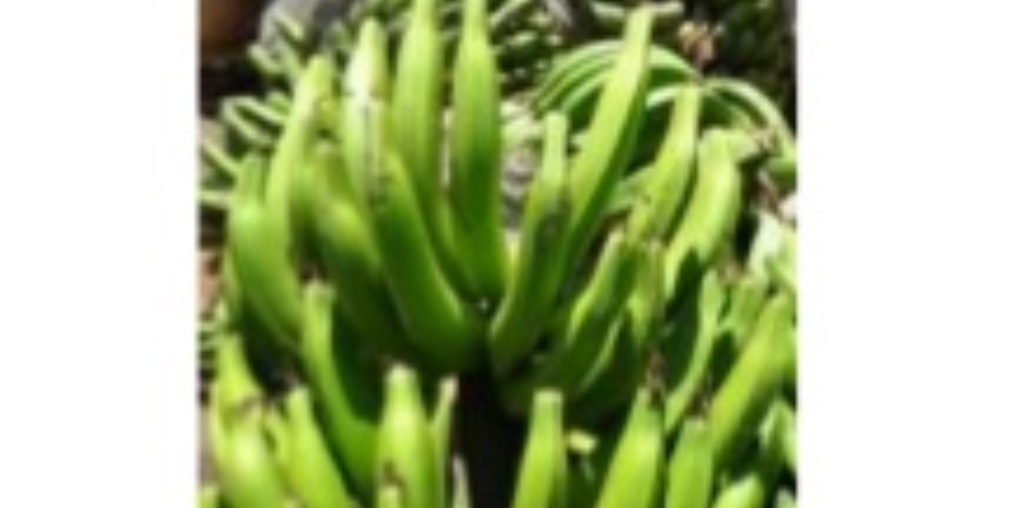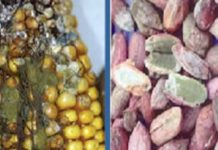AfricaPress-Tanzania: THE yield of banana variety known as Mchare has increased from 7 tonnes to 51 tonnes per hectare/year due to the use of farmyard manure and inorganic fertiliser.
This was revealed by a study team from Nelson Mandela African Institution of Science and Technology in Tanzania, in collaboration with KU Leuven University in Belgium, and the International Institute of Tropical Agriculture (IITA) in a three-year study conducted in different agro-ecological environments across Pangani District in Tanga Region.
The head of banana programme from Tanzania Agricultural Research Institute- Maruku centre (TARIMaruku) in Kagera Region, Dr Mpoki Shimwela, noted that it was the first study of its kind in Tanzania as “it builds a strong case for the use of fertiliser among banana farmers as it clearly demonstrates that banana yield can be increased significantly by combining farmyard manure and inorganic fertiliser.”
He added: “It builds a strong case for the use of fertiliser among banana farmers as it clearly demonstrates that banana yield can be increased significantly by combining farmyard manure and inorganic fertiliser.”
Dr Shimwela said banana was cultivated as a perennial crop on the soil that was no longer fertile.
However, he said farmers did not invest much in soil fertility due to the high cost of farmyard manure and also lacked knowledge on how to use inorganic fertilisers, which were easily available, but not commonly used by banana farmers.
“Worse still, in Kagera Region in northwestern Tanzania, farmers believe that inorganic fertilisers damage the soil,” he explained.
Dr Shimwela further stressed a need to create public awareness on this significant achievement among farmers through demonstration plots and school fields for quick adoption.
He added that more studies should be conducted in other banana producing areas of Tanzania, specifically on Matooke variety produced in Kagera and Mbeya regions.
Mr Rony Swennen, Head of IITA’s Banana Breeding Programme and one of the research team members, also noted that the findings of the study would also have an impact on the banana breeding community.
“The findings of this study are significant for the banana breeding community, which has tended to focus more on triploids as they believe diploids are very low yielders. Therefore, more diploids need to be investigated and banana breeding programmes need to revisit the concept that the end product of a breeding programme should always be a triploid,” he stressed.
However, he said study findings were also key for IITA’s Banana Research Programme and the CGIAR Research Programme on Roots, Tubers and Bananas (RTB), which aimed at increasing banana yield.
He also said the East African highland cooking bananas (EAHB) included Matooke and Mchare as they were principal sources of dietary carbohydrates for over 30 million people in Africa, saying, most of these bananas were processed by cooking, boiling, frying, pounding, juicing, among others, before consumption.



